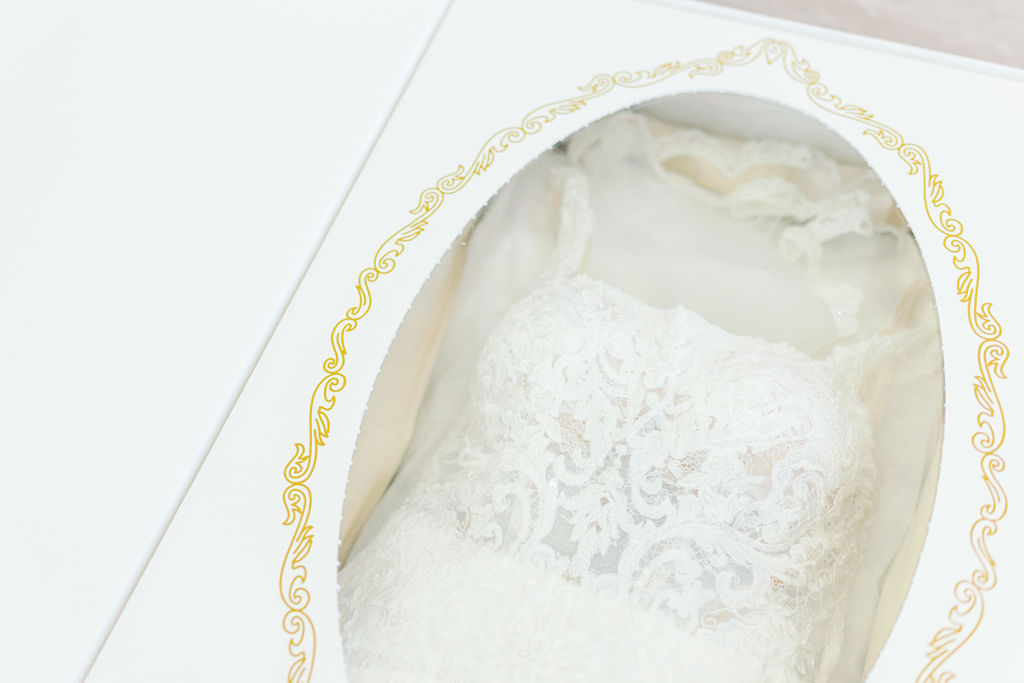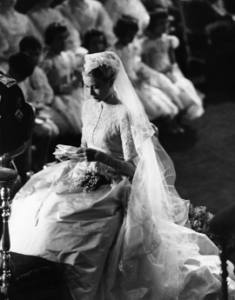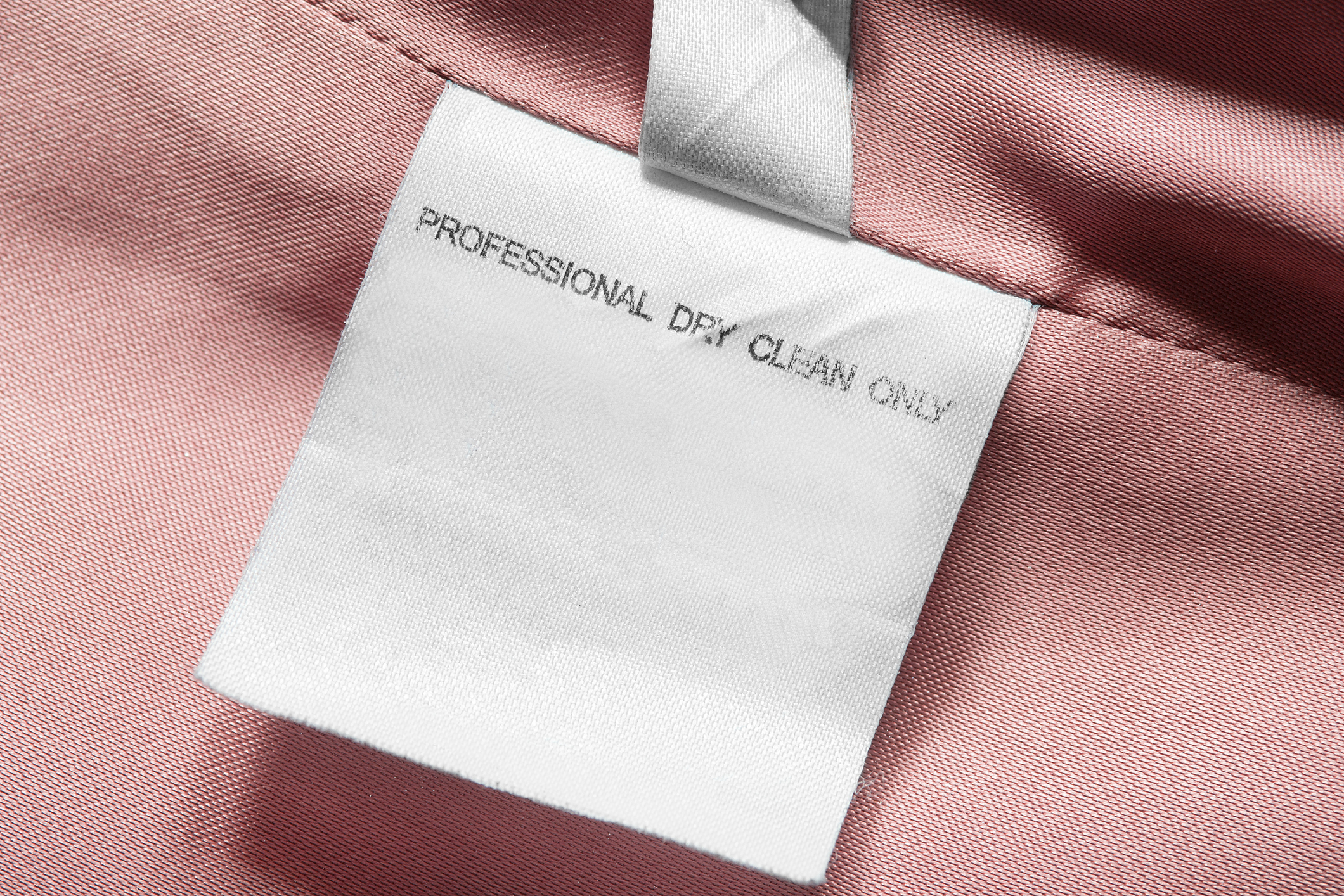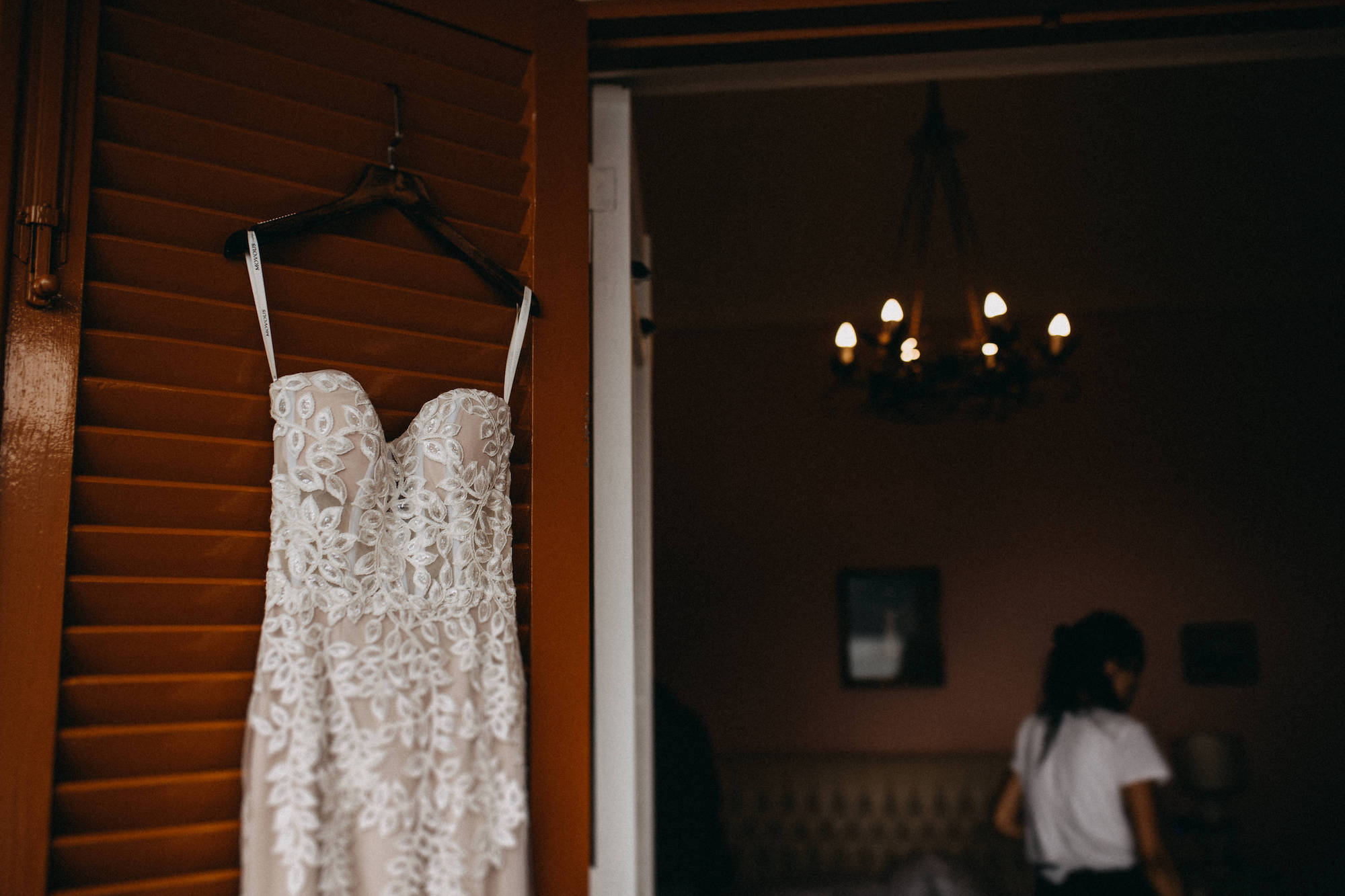
Customers often ask us if it is best to store their dry-cleaning items or laundered clothes in the plastic bags we send them home in.
The answer is: No! Long term, plastic harms the clothes.
This surprises many customers, who then ask why we use the plastic. The plastic is meant to protect the clothes on the journey home. Then it should be removed and, if possible, recycled. Our plastic poly is 100% recyclable. If you’d prefer to return the used plastic to us, we’ll happily recycle it for you.
How is plastic harmful to newly cleaned clothing?

Plastic prevents fabric from breathing, as it naturally is made to do, and leads to yellowing, weakening of fibers and mildew. Yes, mildew! Even though our process is called dry cleaning, there is a little moisture involved, which is why a plastic covering can cause mildew.
The discoloring culprit is a chemical called BHT, which is used in the manufacture of the plastic. BHT breaks down over time, causing yellow pigments that attach to the cloth.
We have other concerns about leaving the plastic in your closet, and that is printed right on the plastic. Thin plastic is a risk to children. If children play in the closet, the plastic can be dangerous.
Cotton is a better clothing protector than plastic
With the season changing, you may have items you want to store until next year. We do recommend covering newly cleaned clothing, table linens and other keepsakes that are stored for any length of time. Covering keeps off dust, especially on the shoulders of garments or the folds over hangers.
What should you use instead of plastic? The ideal covering is a white cotton sheet. Just fold the sheet and cut a hole for the hanger. You can sew the covering into a pouch, but it’s not necessary. Cotton lets the cleaned items breathe while keeping out dirt or stains from items nearby.
How to clean garments stained by plastic coverings
If your yellowed item was originally dry cleaned, and you’re ready to use it again, bring it into us and we’ll dry clean it again. This often removes the yellowing. In general, we’re always happy to give you advice on removing specific stains. Stop by any time with the stained item, and we’ll share our experience as to what should be effective.










